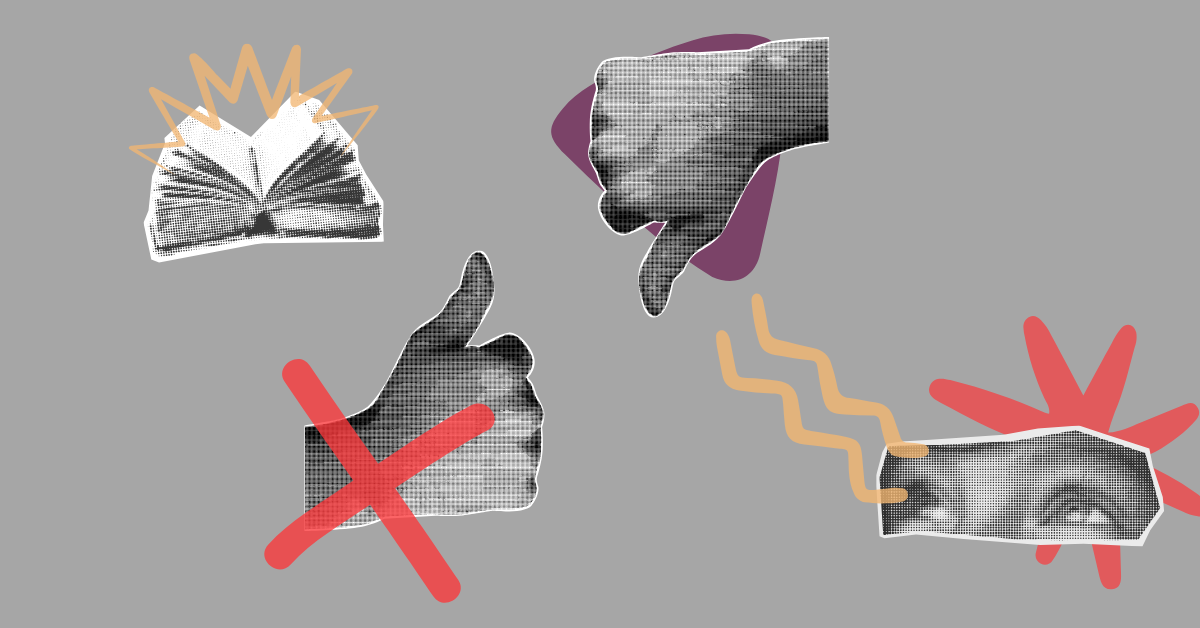By Alison Pasquariello
As the racial equity field continues to evolve, practitioners are constantly exploring new approaches and refining their strategies. But it’s not all trial and error. This work is informed by social science research, which measures outcomes and helps identify effective strategies for advancing racial equity.
Like in any field, misconceptions sometimes arise — not from a lack of understanding, but from the complexity of translating evidence into practice.
This article highlights four common misconceptions among DEI practitioners and adds what research shows about them.
Misconception #1: It’s best to follow by-the-book hiring techniques.
From job descriptions and recruitment to application materials, candidate screenings, and selection criteria, there are many points in the job application processes that can produce disparate outcomes for candidates based on race. Within hiring practices in K-12 school districts, research identifies several practices that are likely to reproduce exclusion for BIPOC candidates: 1) any lack of clear, written evaluation criteria allows for subjective decision-making that may disadvantage BIPOC candidates; 2) relying on letters of recommendation often perpetuates biases by favoring those with privileged connections; 3) involving only senior staff who may be racially homogenous in the early stages of the screening process can introduce additional bias; and 4) word-of-mouth recruitment tends to exclude diverse applicants by limiting outreach to existing networks.
Misconception #2: Mandatory training and monitoring are the best ways to build a culture of equity.
When organizations rely on top-down, control-and-command policies primarily aimed at preventing lawsuits, one study shows they are largely ineffective at changing employee behavior — and may even reinforce bias instead. Mandatory training emphasizing legal compliance may exacerbate resistance by causing participants to feel a loss of autonomy. Instead, researchers suggest ‘social accountability strategies’ where diversity task forces and hiring diversity managers can “ensure employees are committed to building an inclusive environment.”
Misconception #3: Self-assessment is the best way to gauge progress.
Some institutions ask employees and program participants to complete self-assessments in order to judge whether their interpersonal communications skills have changed thanks to diversity programs. Researchers warn that these self-assessments might lead participants to perceive themselves as having higher skills than they do. Instead, it is advised to focus on objective measures of skills — outside of self-reports. One example given is structured clinical exams where students interact with trained patients.
Misconception #4: Individual bias training is an easy and impactful solution.
Unconscious bias training has become a staple of some organizations’ diversity strategies, but its results can be fleeting. While these programs can raise awareness and encourage good intentions, research shows they rarely reduce bias, alter behavior, or improve the workplace. Some experts argue that focusing on individual bias fails to acknowledge group dynamics and structural racism. While implicit bias may be malleable, studies suggest that changes are usually temporary.
What would work better to reduce implicit bias? Some scholars advise organizations to focus on systems and structural inequities rather than individual culpability. If trainings are given, one article recommends ensuring it is voluntarily chosen. Learn more in RRAPP’s dedicated guide to unconscious bias training.
The way forward: building on what works
DEI practitioners are navigating complex systems and working toward ambitious goals—and their efforts continue to evolve. By looking beyond quick fixes like unconscious bias training and diversity checklists, organizations can pursue the kind of systemic change that leads to lasting transformation.
It’s not about abandoning earlier efforts, but building on them—through continuous learning, evidence-based strategies, and a long-term commitment to equity.
Browse RRAPP to explore dozens of research-backed strategies proven to improve outcomes for Black, Indigenous, and people of color within institutional policies and practices.


